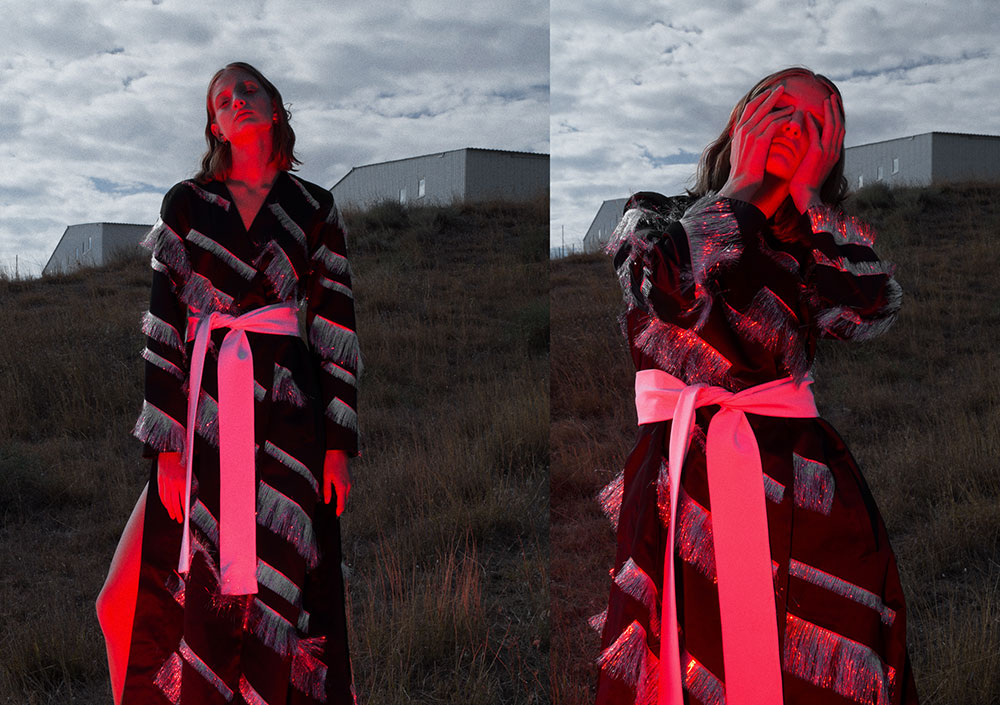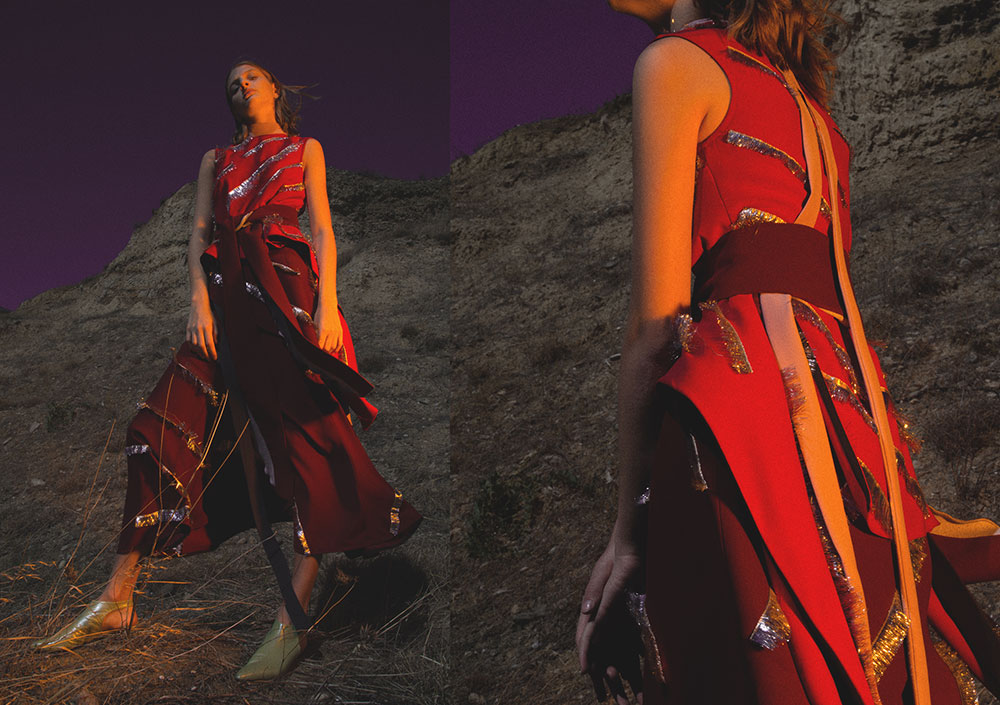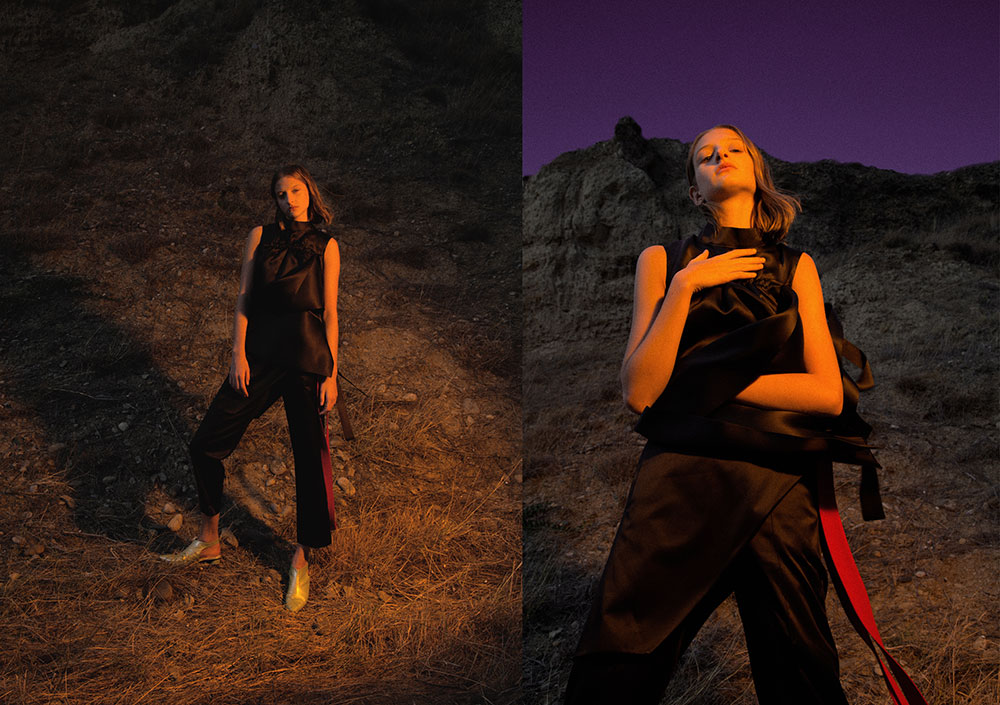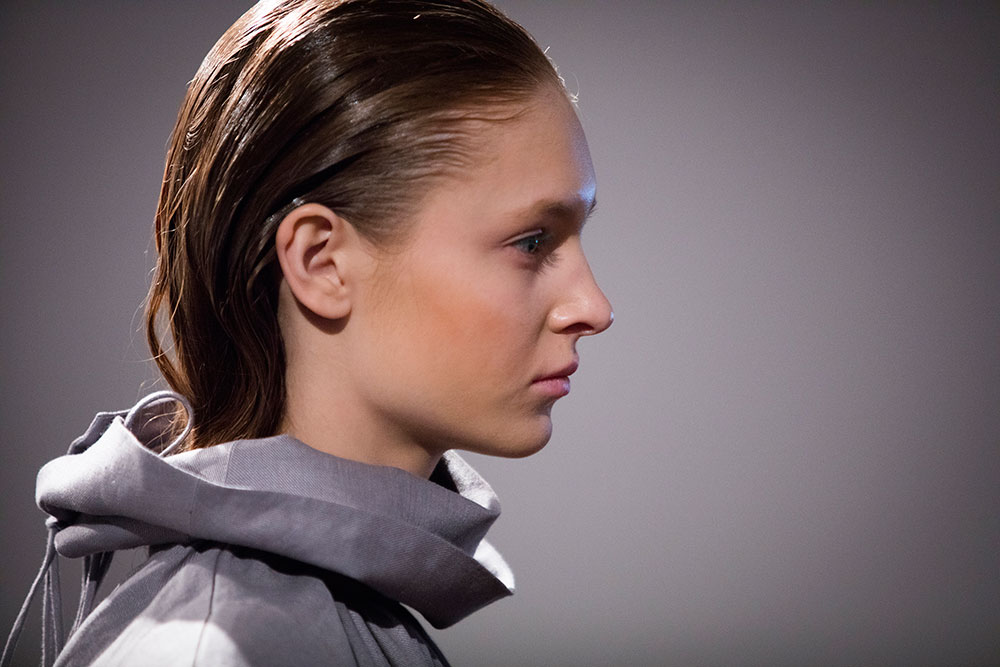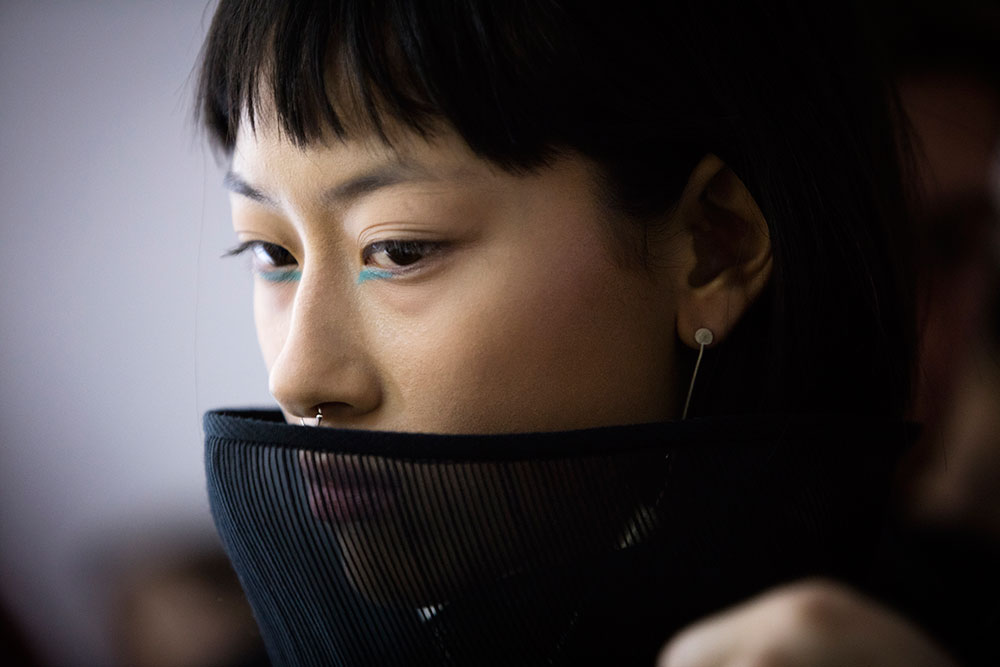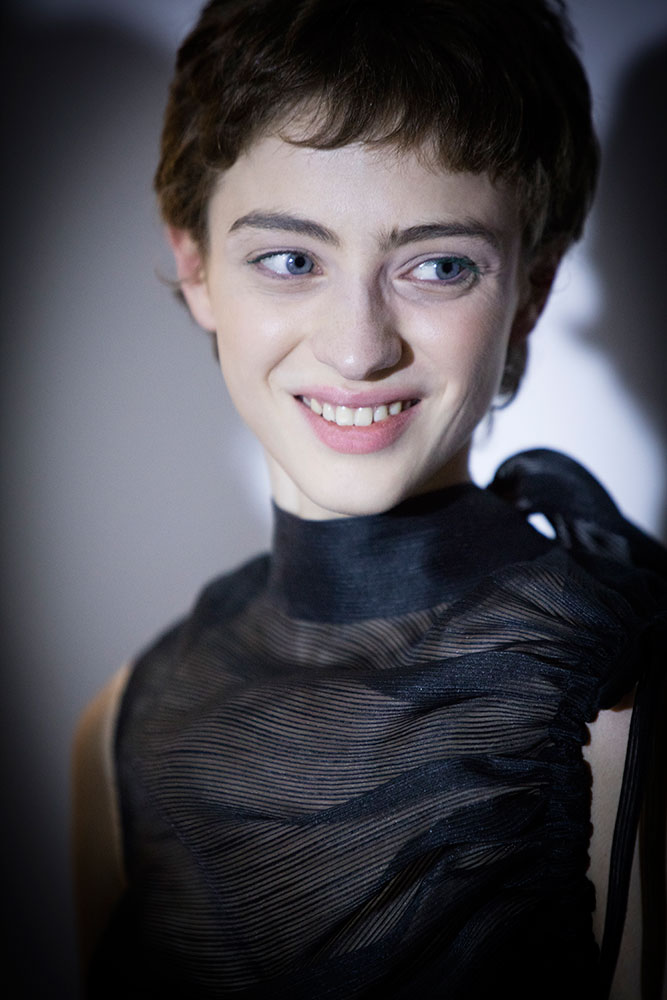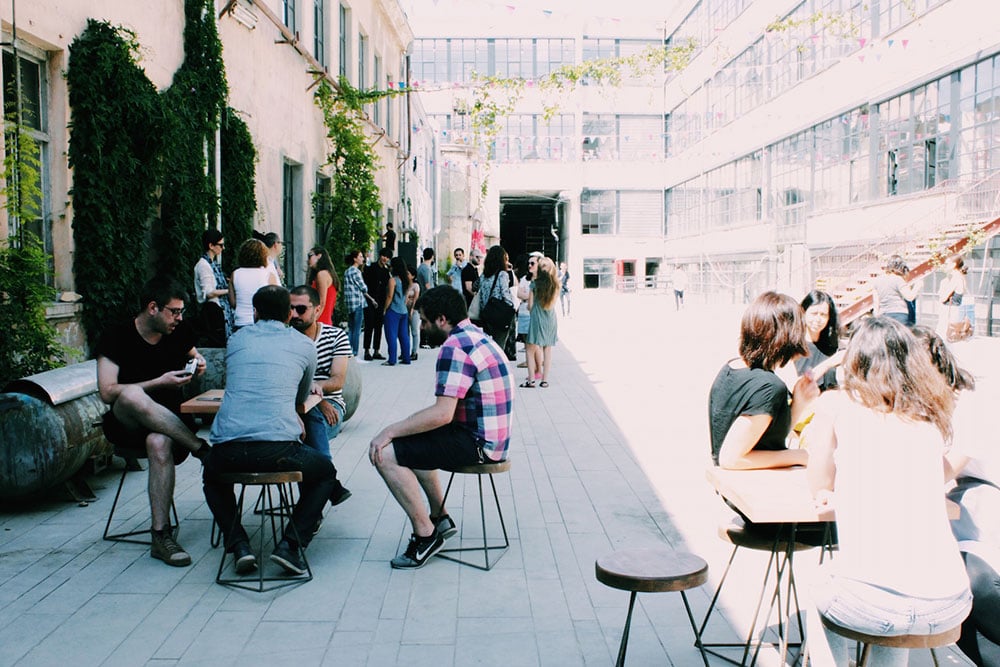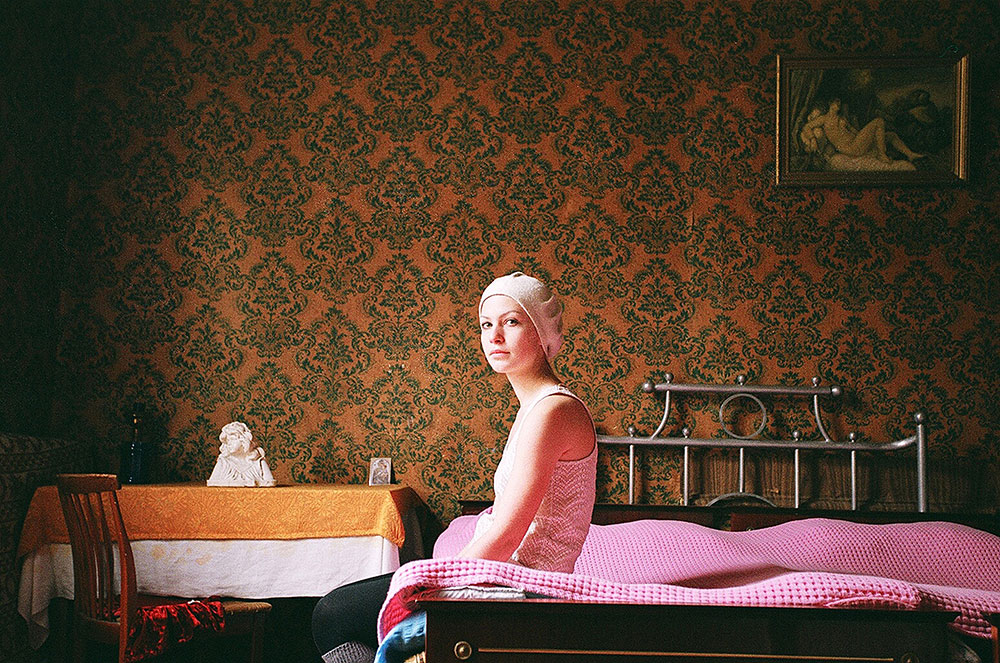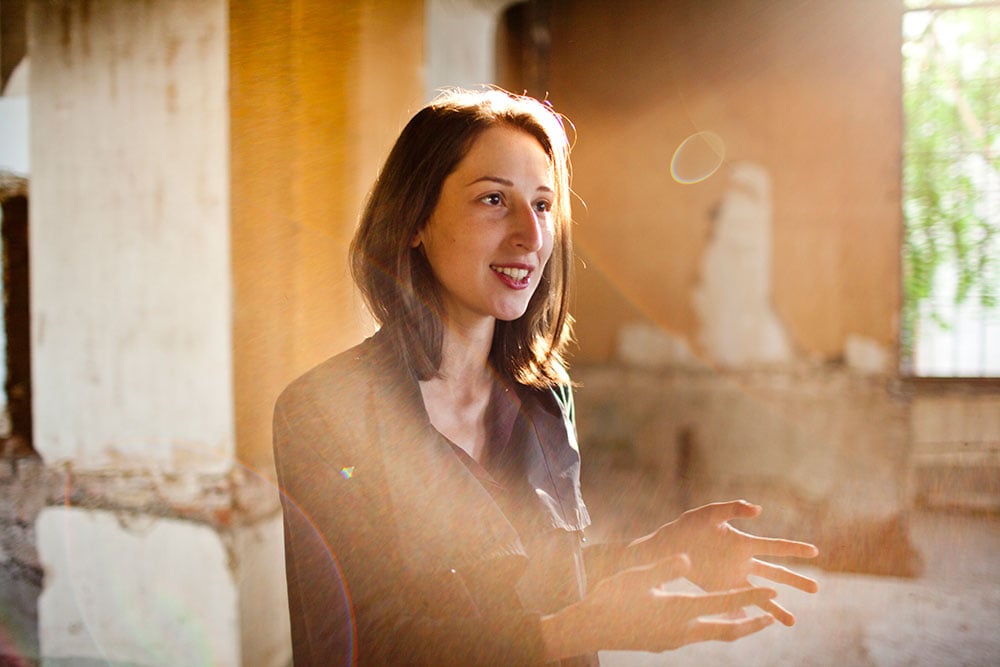Georgia is trending: everything you need to know about the fashion world’s latest obsession
Tblisi“Really, they should name a street after Demna Gvasalia,” a friend says over coffee on a cold November morning in Tbilisi, “because of how much attention his work has brought to the country’s fashion industry and contemporary culture.” Indeed, the rapid rise of Georgian-born Demna Gvasalia, from founder of the marginal French label Vetements to ultimate fashion royalty as creative director of Balenciaga, has put a bright spotlight on Georgia. Despite the fact that Gvasalia moved out of the country in early childhood, it quickly became the search field for the key to his outsider vision. Yet it’s not the first time Georgia has become an unlikely sensation in the eyes of the global fashion community — it also happened in 1989 during a visit by Comme des Garçons’s Rei Kawakubo.
Cutting-edge fashion here is not about status or glamour anymore — it’s about the new generation looking for its place in Georgian culture
Mother Georgia, the editorial for cult magazine Six, was shot on the hills outside of Telavi, two hours drive away from Tbilisi. Rei Kawakubo worked together with British portrait photographer Brian Griffin, incorporating Comme des Garçons pieces into the day-to-day attire of ordinary local Georgians. Against the background of the serene, hilly landscape, the static figures play out spectacular dynamics of light and darkness. Exhibited at MOMA during Mercedes Benz Tbilisi fashion week, the images capture a completely different country: Georgia before the civil war and turmoil of the Nineties, and before the arrival of modernity which manifests itself in the flashy glass architecture of the new Tbilisi. It makes me wonder if, for the designers of the new fashion wave, these images today could seem strangely distant. Cutting-edge fashion here is not about status or glamour anymore — it’s about the new generation looking for its place in Georgian culture.
George Keburia, one of the brightest stars of the Tbilisi fashion scene, has looked back at the country’s turbulent past in a previous collection: he combined gun prints influenced by the tragic consequences of the Georgian civil wars in the 90s with ruffles, rainbow colours and the word “Gay” glittering on T-shirts and sweaters. For Spring/Summer 2017, however, he has looked in a completely different direction — towards Japan. In a large 70s-style conference hall of a Holiday Inn hotel, the models wore stiff graphic jackets, short pleated skirts and sheer, floaty polo-neck dresses.
“I was inspired by traditional Japanese school uniform and natural landscapes,” Keburia explained. “It’s about transforming old into new. We were conceptualising an image of a teenage girl who is establishing herself in a grown up world, trying out and fusing the masculine and feminine wardrobe of her parents.” A seemingly lazy trick, eastern exoticism for a long time has been a sign of a troubled search for identity. Nineties hip-hop artists played with Shaolin legends trying to find their own space in the cultural landscape and rejecting the position determined by one’s background. But Keburia’s colours perhaps are reaching deep into the darkness captured in Mother Georgia, transforming old into something completely different.
Colours are exactly what you notice in the way fashion-conscious youth dresses in Tbilisi today. Classic blue denim goes with bright vintage sportswear, red goes with purple, tiger striped flares with flower blouse, beige puffer jacket and plastic sunglasses. And, however strange it might sound, it looks amazing. Chaos Concept store in the centre of Tbilisi is a top destination for kids who are into this style: it sells American bomber jackets, coloured fur coats from Shrimps, Anton Belinskiy’s “Poor but Cool” attire and a range of pieces they produce themselves, such as bumbags, jewellery, customised denim and sports jackets.
The latest item trending is T-shirts and baseball caps with the words VIRGIN PROSTITUTE in red block capitals designed by Gola Damian. It sums it up: the new generation is seeking to stand out. Gola Damian’s designs for his own label reflect their love of flamboyance: sportswear cut meets silk and satin, an abundance of yellow, red and purple, platform boots which would have looked good on Bowie in the 70s. Nicolas Grigorian who designed a range of jackets for Chaos, and had his debut show this season, has a slightly different take on dressing up. His boxy-shaped graphic jackets in thick corrugated lavender cotton and black leather with brown and silver are a perfect combination of craft and minimalism, and are probably already worn proudly around the streets of Tbilisi.
The latest item trending is T-shirts and baseball caps with words VIRGIN PROSTITUTE in red block capitals designed by Gola Damian
The streets of Tbilisi themselves were the main inspiration for Lako Bukia who just returned to Georgia after nine years spent in New York. She designed jackets of complex geometrical construction, floating flares and slip dresses which later were printed with magnified photos of Georgia: from interiors to landscapes to everyday scenes. It could work, as someone sitting next to me at the show pointed out, as the new national costume. Somehow, a dress with a pattern of a concrete housing estate or 3D-pleated turquoise cotton definitely could.
The creative quest for identity among Georgian designers does vary a lot in style. Tiko Paksashvili explores the complicated transition from Soviet times to modernity and its impact on one’s mind and creativity — yet she does it in the most subtle way, through exquisitely shaped womenswear. Her campaign, shot by Giorgi Wazowski, echoes Mother Georgia — countryside views, mud and cows, but instead of religious light there is bright sunlight, and instead of locals — an androgynous model with a pixie cut sports a grotesque checked pantsuit. Aleksandre Akhalkatsishvili is also working with a refined vision of femininity, and his own take on the transformative times: he called his collection “The Losing of Origins” and worked with the metaphor of invisible ties by using belts, threads and hanging sleeves.
Both Paksashvili and Akhalkatsishvili produce their collections under the MATÉRIEL label, an influential institution in Georgian fashion. MATÉRIEL was created in 2012 on the foundations of House of Fashion, one of the biggest textile producers in the USSR, that dates back to 1949. The company provides designers with everything they need to create a collection: production facilities, raw materials, labour, PR support — alongside the experience and business skills not taught in any university in Georgia. Almost all the designers currently working on their own labels in Tbilisi went through MATÉRIEL, a fact that also contributes to creating a sense of kinship on the scene.
Paksashvili, alongside her own brands, works for George Keburia and Lado Bokuchava, who designs his own line at MATÉRIEL and is also creative director at Atelier Kikala, the label renowned for striking graphic elements paired with an innovative use of materials, and celebrity clients including Sky Ferreira and Miroslava Duma. For Atelier Kikala’s Spring/Summer 2017, Bokuchava was inspired by David Lynch and Jesse Kanda, creating a breathtaking car crash of ruffles and textures, carefully orchestrating fluid volumes.
However different the styles, in the work of Georgian designers today there is always tension between restraint and excess, belonging and distance. It probably comes from the complexity of the social and historical context, from the plurality of lifestyles and the nature of close-knit cultural circles. At the show of Djaba Diassamidze, a celebrated couturier who mainly designs ball gowns for the elite, one could see the most bizarrely mixed crowd: from middle-aged ladies to it-girls to the hottest young rebellious types — all of them admired him as one.
“The good thing about Georgia”, a friend told me, “poor artists, designers, just random kids and millionaires — we all hang out at the same places.” Later the same night Diassamidze himself, still in his black tie attire, was dancing to techno at Cafe Gallery. The energy in Georgia today is electric. Regardless of the style of their work, its emerging fashion stars all share the aspiration for a new, more open, more colourful world. They’ve got the spotlight — they’re going to use it alright.
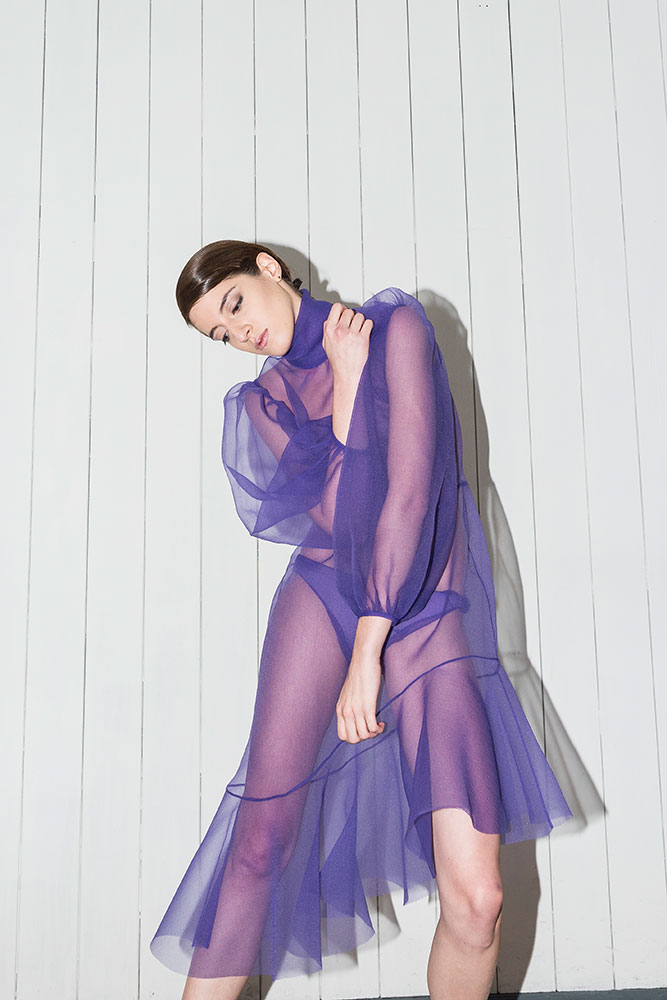
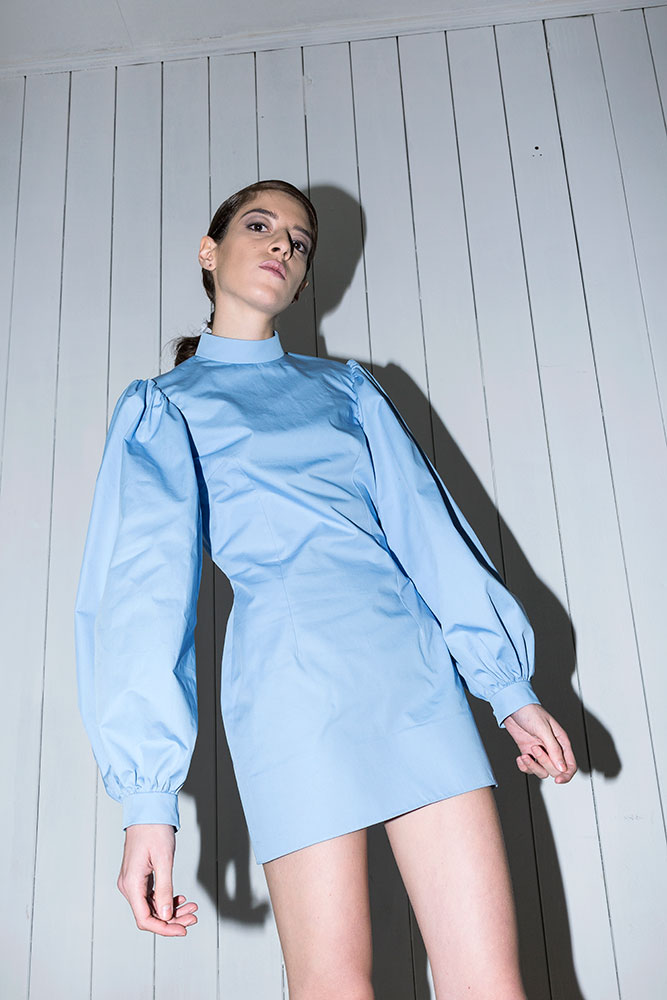
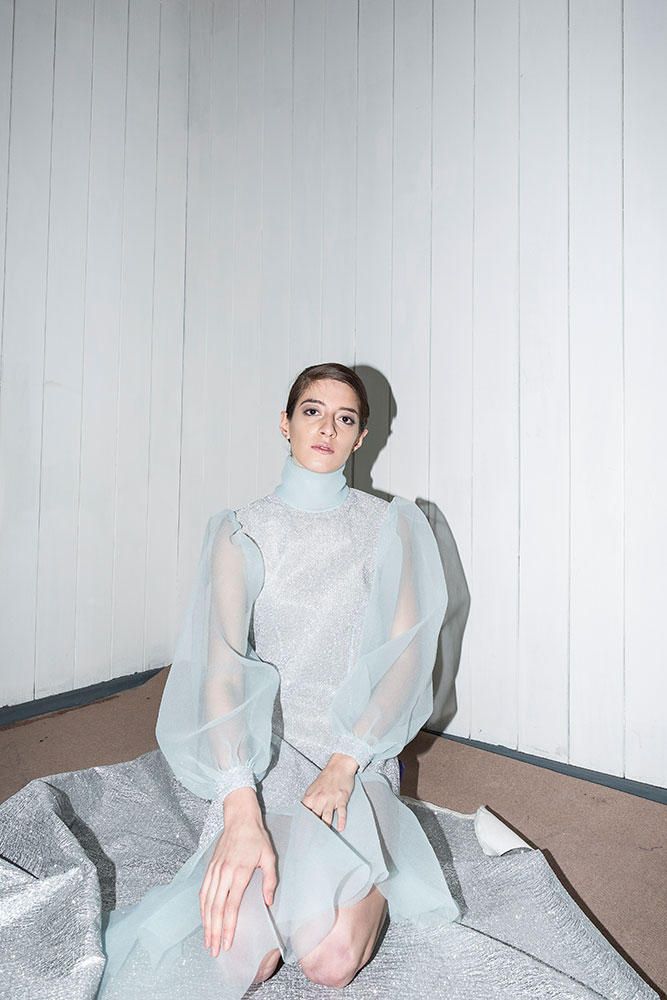
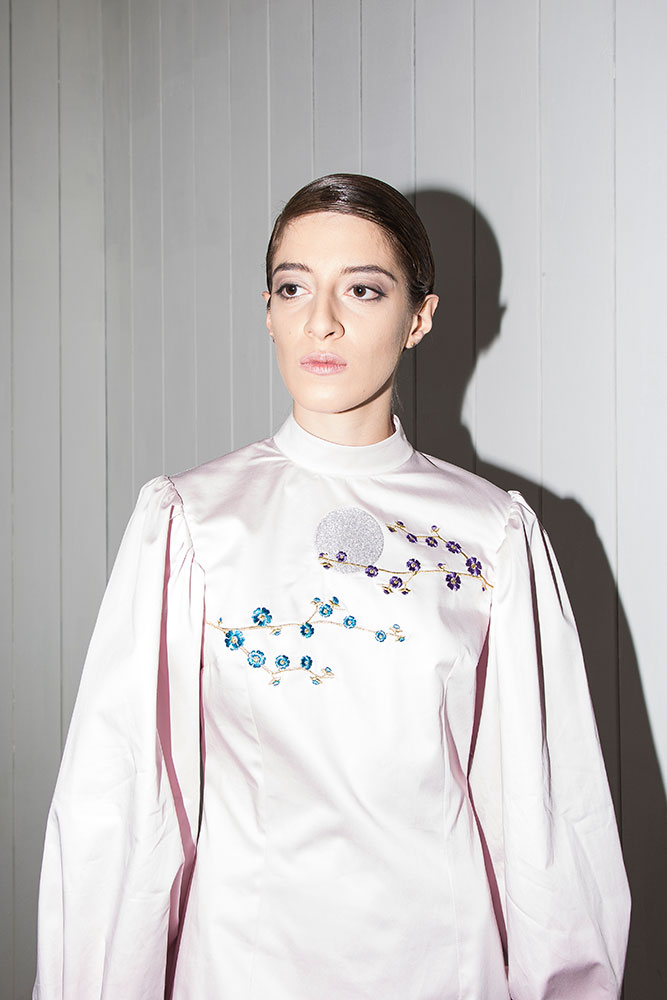
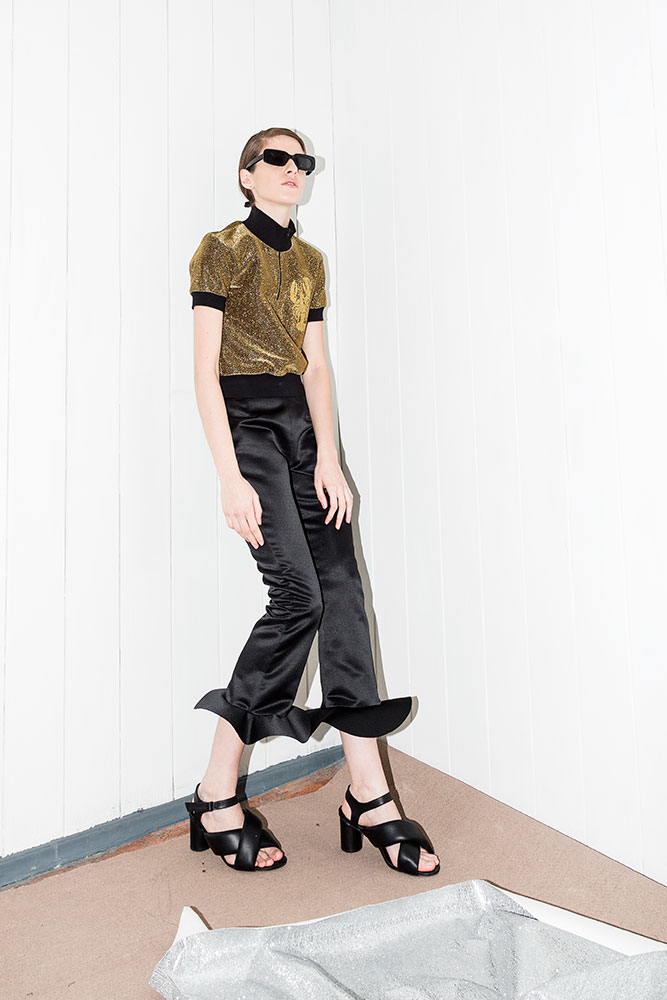
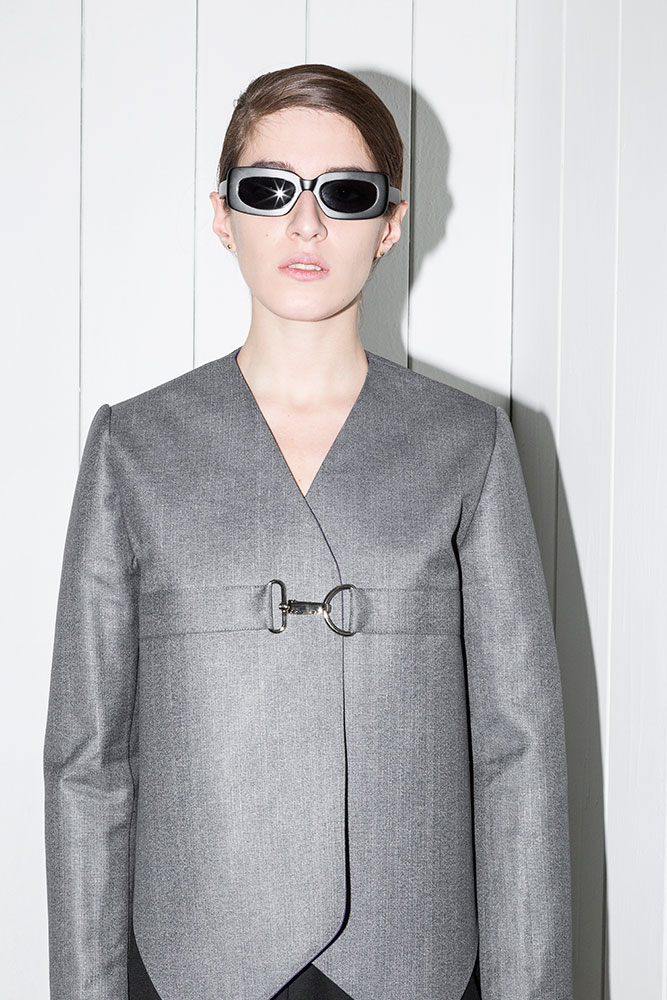
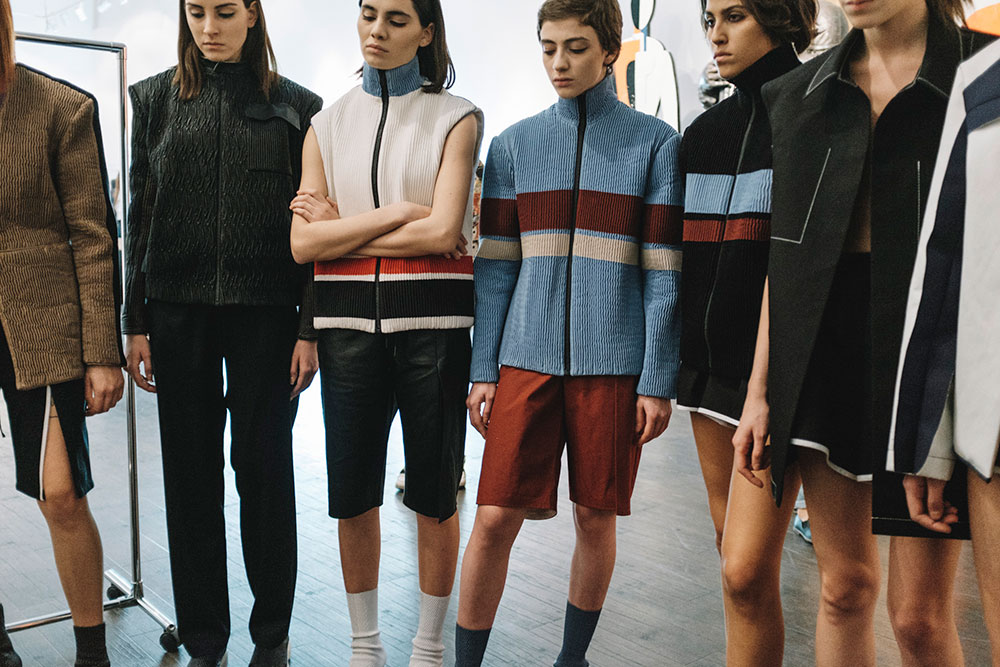


.jpg)
.jpg)
